Digging up Bananas in the winter?
pseudostem
17 years ago
Related Stories

GARDENING GUIDESGarden Myths to Debunk as You Dig This Fall and Rest Over Winter
Termites hate wood mulch, don’t amend soil for trees, avoid gravel in planters — and more nuggets of garden wisdom
Full Story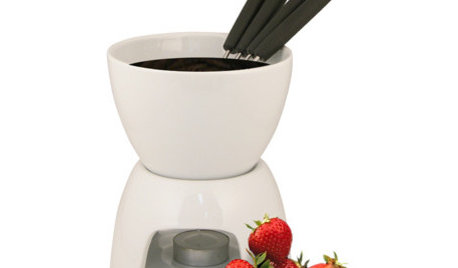
Guest Picks: Winter (Yes, Winter) Warmers
For folks in the Southern Hemisphere, July is right in the heart of winter. Warm up with 20 ways to make your home as cozy as can be
Full Story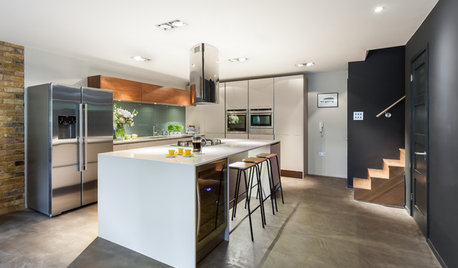
BASEMENTSRoom of the Day: Family Digs In for a Chic New Kitchen and Dining Area
When a homeowner needs to free up kitchen space for her home bakery business, the only way to go is down
Full Story
BATHROOM DESIGNThese Baths are Bananas
Yes, a Bathtub CAN Have Its Own Incredible View, Accent Wall, Fireplace and Chandelier
Full Story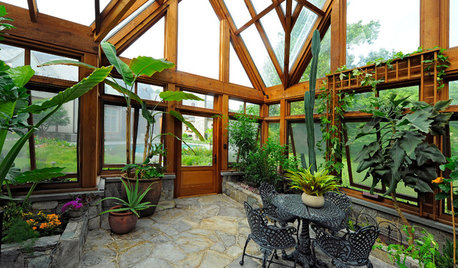
EDIBLE GARDENSThe Enticing Garden: How to Grow Bananas
Sweeten your dining table with surprising flavors of banana cultivars while adding tropical flavor to your garden
Full Story
REMODELING GUIDESHow to Dig Down for Extra Living Space
No room for a ground-level addition? See if a finished basement is a good idea for you
Full Story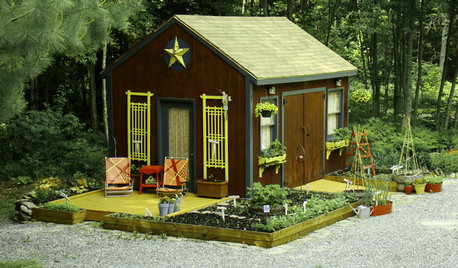
GARDENING AND LANDSCAPINGDig This Garden Shed Makeover for Less Than $300
New paint, accessories and raised vegetable beds turn a drab outpost into a colorful charmer
Full Story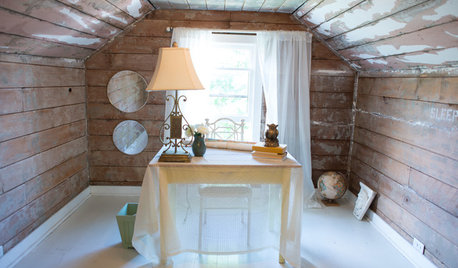
DECORATING GUIDESSimple Pleasures: Digging in the Attic
Sift through forgotten things to bring back memories and inspire stories — and maybe even yield a treasure or two
Full Story
LIFEHard Winter? 9 Ways to Battle Cabin Fever
We know a lot of you are trapped where it just won’t stop snowing. Here are some ways to survive
Full Story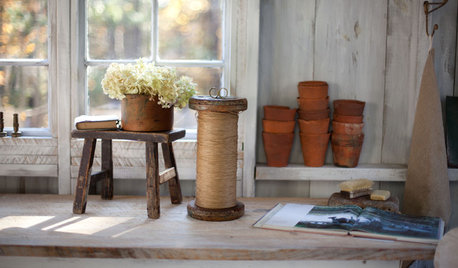
LIFE8 Wonderful Winter Hobbies to Nurture at Home
Make nesting at home this winter even more pleasurable by cultivating new activities and dreaming up meaningful creations
Full StoryMore Discussions






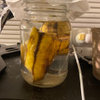

microfarmer
pseudostemOriginal Author
Related Professionals
Norfolk Landscape Architects & Landscape Designers · 70037 Landscape Architects & Landscape Designers · Forest Park Landscape Architects & Landscape Designers · Havre de Grace Landscape Architects & Landscape Designers · Barrington Landscape Contractors · Broomfield Landscape Contractors · Fort Payne Landscape Contractors · Holland Landscape Contractors · Homewood Landscape Contractors · Lancaster Landscape Contractors · Mequon Landscape Contractors · Mercedes Landscape Contractors · Tustin Landscape Contractors · Camp Springs Landscape Contractors · Staten Island Roofing & Guttersjesusislord
unautre